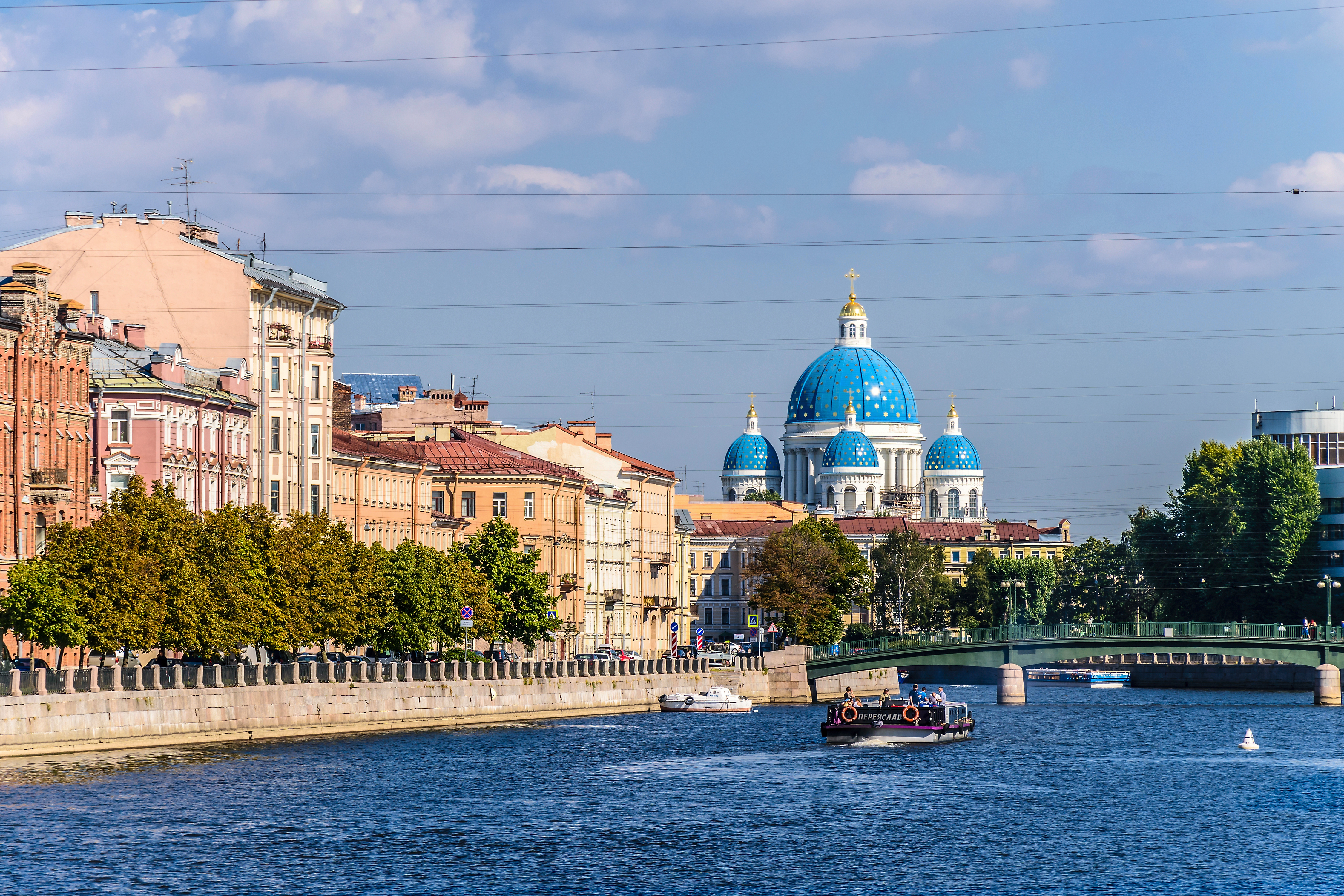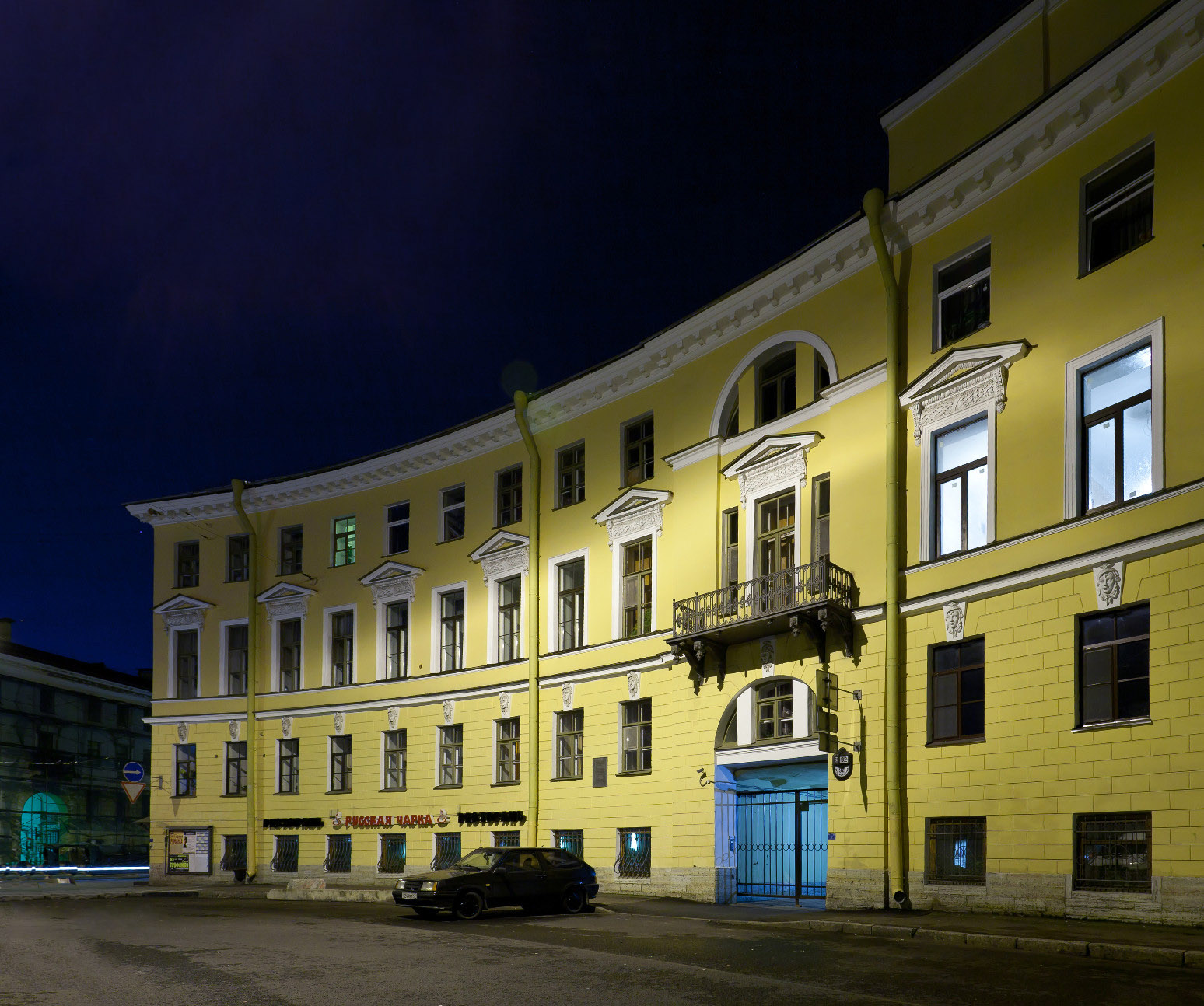|
Municipal Okrug 78
Municipal Okrug 78 (russian: муниципа́льный о́круг № 78) is a municipal okrug of Tsentralny District of the federal city of St. Petersburg, Russia. Population: The okrug borders Nevsky Avenue in the northeast, the Fontanka River in the south, and Gorokhovaya Street in the west. Places of interest include the Kazan Cathedral, the Merchant Court, the Apraksin Dvor, the Alexandrinsky Theatre The Alexandrinsky Theatre (russian: Александринский театр) or National Drama Theatre of Russia is a theatre in Saint Petersburg, Russia. The Alexandrinsky Theatre was built for the Imperial troupe of Petersburg (Imperial tr ..., and the Saint Petersburg City Duma. References {{coord, 59.9333, N, 30.3333, E, source:wikidata, display=title # ... [...More Info...] [...Related Items...] OR: [Wikipedia] [Google] [Baidu] |
Administrative Divisions Of Saint Petersburg
The federal city of Saint Petersburg, Russia, is divided into eighteen ''rayony'' ("districts", russian: районы, singular: ''rayon''), which are in turn subdivided into municipal okrugs, municipal towns, and municipal settlements. Admiralteysky District Frunzensky District Kalininsky District Kirovsky District Kolpinsky District Krasnogvardeysky District Krasnoselsky District Kronshtadtsky District Kurortny District Moskovsky District Nevsky District Petrodvortsovy District Petrogradsky District Primorsky District Pushkinsky District Tsentralny District Vasileostrovsky District Vyborgsky District References Notes Sources * See also *Saint Petersburg City Administration {{Saint Petersburg Saint Petersburg Saint Petersburg ( rus, links=no, Санкт-Петербург, a=Ru-Sankt Peterburg Leningrad Petrograd Piter.ogg, r=Sankt-Peterburg, p=ˈsankt pʲɪtʲɪrˈburk), formerly known as Petrograd (1914–1924) and late ... [...More Info...] [...Related Items...] OR: [Wikipedia] [Google] [Baidu] |
Tsentralny District, Saint Petersburg
Tsentralny District (russian: Центра́льный райо́н) is a district of the federal city of St. Petersburg, Russia. As of the 2010 Census, its population was 214,625; down from 236,856 recorded in the 2002 Census. Geography The district borders the Neva River in the north and in the east, Obvodny Canal in the south, and areas around the Gorokhovaya Street in the west. History The district was established on March 11, 1994 as a result of the merger of Dzerzhinsky, Kuybyshevsky, and Smolninsky Districts.Directive #196-r Municipal divisions Tsentralny District comprises the following six municipal okrugs:Law #411-68 * #78 * Dvortsovy * Ligovka-Yamskaya * Liteyny * Smolninskoye * Vladimirsky Economy Head office of the Rossiya airline is located in Vladimirsky Municipal Okrug Vladimirsky Municipal Okrug (russian: Влади́мирский муниципа́льный о́круг) is a municipal okrug in Tsentralny District, one of the ... [...More Info...] [...Related Items...] OR: [Wikipedia] [Google] [Baidu] |
Federal Cities Of Russia
In the Russia, Russian Federation, a city of federal importance ( rus, город федерального значения, r=gorod federalnogo znacheniya), also known as a federal city, is a types of inhabited localities in Russia, city that has a status of both an inhabited locality and a constituent Federal subjects of Russia, federal subject. There are two federal cities within Russia's internationally recognised territory: Moscow and Saint Petersburg. , Sevastopol, which is internationally recognised as part of Ukraine, is currently occupied by Russian forces and described by the Russian government as Russia's third federal city. Moscow and Saint Petersburg are list of cities and towns in Russia by population, the largest cities in the country: Moscow is the capital city, national capital and Saint Petersburg is a previous Russian capital and important port city in the Baltic Sea. Sevastopol is located in Crimea, which is internationally recognised as part of Ukraine. ... [...More Info...] [...Related Items...] OR: [Wikipedia] [Google] [Baidu] |
Saint Petersburg
Saint Petersburg ( rus, links=no, Санкт-Петербург, a=Ru-Sankt Peterburg Leningrad Petrograd Piter.ogg, r=Sankt-Peterburg, p=ˈsankt pʲɪtʲɪrˈburk), formerly known as Petrograd (1914–1924) and later Leningrad (1924–1991), is the second-largest city in Russia. It is situated on the Neva River, at the head of the Gulf of Finland on the Baltic Sea, with a population of roughly 5.4 million residents. Saint Petersburg is the fourth-most populous city in Europe after Istanbul, Moscow and London, the most populous city on the Baltic Sea, and the world's northernmost city of more than 1 million residents. As Russia's Imperial capital, and a historically strategic port, it is governed as a federal city. The city was founded by Tsar Peter the Great on 27 May 1703 on the site of a captured Swedish fortress, and was named after apostle Saint Peter. In Russia, Saint Petersburg is historically and culturally associated with t ... [...More Info...] [...Related Items...] OR: [Wikipedia] [Google] [Baidu] |
Russia
Russia (, , ), or the Russian Federation, is a List of transcontinental countries, transcontinental country spanning Eastern Europe and North Asia, Northern Asia. It is the List of countries and dependencies by area, largest country in the world, with its internationally recognised territory covering , and encompassing one-eighth of Earth's inhabitable landmass. Russia extends across Time in Russia, eleven time zones and shares Borders of Russia, land boundaries with fourteen countries, more than List of countries and territories by land borders, any other country but China. It is the List of countries and dependencies by population, world's ninth-most populous country and List of European countries by population, Europe's most populous country, with a population of 146 million people. The country's capital and List of cities and towns in Russia by population, largest city is Moscow, the List of European cities by population within city limits, largest city entirely within E ... [...More Info...] [...Related Items...] OR: [Wikipedia] [Google] [Baidu] |
Nevsky Avenue
Nevsky Prospect ( rus, Не́вский проспе́кт, r=Nevsky Prospekt (street), Prospekt, p=ˈnʲɛfskʲɪj prɐˈspʲɛkt) is the main street (high street) in the federal city of Saint Petersburg, St. Petersburg in Russian Federation, Russia. It takes its name from the Alexander Nevsky Lavra, the monastery which stands at the eastern end of the street, and which in turn commemorates the Russian hero Prince Saint Alexander Nevsky (1221–1263). Following his founding of Saint Petersburg in 1703, Tsar Peter the Great, Peter I planned the course of the street as the beginning of the road to Veliky Novgorod, Novgorod and Moscow. The avenue runs from the Admiralty building, Saint Petersburg, Admiralty in the west to the Moskovsky railway station (Saint Petersburg), Moscow Railway Station and, after veering slightly southwards at Vosstaniya Square, to the Alexander Nevsky Lavra. History of the street 18th century Early 18th century. Reign of Peter the Great On Septembe ... [...More Info...] [...Related Items...] OR: [Wikipedia] [Google] [Baidu] |
Fontanka River
The Fontanka (russian: Фонтанка), a left branch of the river Neva, flows through the whole of Central Saint Petersburg, Russia – from the Summer Garden to . It is long, with a width up to , and a depth up to . The Moyka River forms a right-bank branch of the Fontanka. Lined along the Fontanka Embankment stand the former private residences of Russian nobility. This river, one of 93 rivers and channels in Saint Petersburg, was once named ''Anonymous Creek'' (in Russian, ''Bezymyannyi Yerik'', ''Безымянный ерик''). In Russian, ''yerik'' is a secondary or intermittent river-channel ( creek or brook). In 1719 the river received its present name, because water from it supplied the fountains of the Summer Garden. Until the mid-18th century the Fontanka River marked the southern boundary of Saint Petersburg. Along its banks stood the spacious messuages of members of the Russian Imperial Family and of the nobility, the most brilliant being the Summer P ... [...More Info...] [...Related Items...] OR: [Wikipedia] [Google] [Baidu] |
Gorokhovaya Street
Gorokhovaya Street (russian: link=no, Гороховая улица) is a north-south thoroughfare in the Central Business District of Saint Petersburg. Gorokhovaya Street is one of central Saint Petersburg's major thoroughfares, extending from the Admiralty and running south, crossing the Moyka River and the Griboyedov Canal, crossing Sadovaya Street near Sennaya Square. Continuing south, it crosses the Fontanka River with the Semenovsky Bridge, and ends at Zagorodny Prospect. History The street was planned and laid after the catastrophic fires of 1736 and 1738 destroyed most of the buildings on of Saint Petersburg. The original name Sredny Prospect (literally the Middle Prospect) outlined its connection to other two prospects converging on the Admiralty building, Saint Petersburg: Nevsky Prospect (known as Bolshoy, The Larger, Prospect) and Voznesensky Avenue (known as Maliy, The Lesser, Prospect). In 1770, the street received its present name Gorokhovaya Street (literally ... [...More Info...] [...Related Items...] OR: [Wikipedia] [Google] [Baidu] |
Kazan Cathedral, St
Kazan ( ; rus, Казань, p=kɐˈzanʲ; tt-Cyrl, Казан, ''Qazan'', IPA: ɑzan is the capital and largest city of the Republic of Tatarstan in Russia. The city lies at the confluence of the Volga and the Kazanka rivers, covering an area of , with a population of over 1.2 million residents, up to roughly 1.6 million residents in the urban agglomeration. Kazan is the fifth-largest city in Russia, and the most populous city on the Volga, as well as the Volga Federal District. Kazan became the capital of the Khanate of Kazan and was conquered by Ivan the Terrible in the 16th century, becoming a part of Russia. The city was seized and largely destroyed during Pugachev's Rebellion of 1773–1775, but was later rebuilt during the reign of Catherine the Great. In the following centuries, Kazan grew to become a major industrial, cultural and religious centre of Russia. In 1920, after the Russian SFSR became a part of the Soviet Union, Kazan became the capital of the Tat ... [...More Info...] [...Related Items...] OR: [Wikipedia] [Google] [Baidu] |
Merchant Court
Gostinyi dvor ( rus, гостиный двор, p=ɡɐˈsʲtʲinɨj ˈdvor) is a historic Russian term for an indoor market or shopping centre. It is translated from Russian either as "guest court" or "merchant yard", although both translations are inadequate. These structures originated as collections of small shops where merchants from other cities could, at designated times, come to sell their wares. Such structures, constructed in every large Russian town during the first decades of the 19th century, are fine examples of Neoclassical architecture. Notable examples Saint Petersburg The name is commonly applied to the vast department store in St Petersburg. This ''gostiny dvor'' is not only the city's oldest and largest shopping centre, but also one of the first shopping arcades in the world. Sprawling at the intersection of Nevsky Prospekt and Sadovaya Street for over one kilometer and embracing the area of , the indoor complex of more than 100 shops took 28 yea ... [...More Info...] [...Related Items...] OR: [Wikipedia] [Google] [Baidu] |
Apraksin Dvor
Apraksin Yard (also Apraxin Dvor; russian: Апраксин Двор) is a market and retail block in Saint Petersburg, Russia, currently under a massive long-term renovation project. The buildings of Apraksin Dvor nestle between Sadovaya Street and the Fontanka River, just southwest of the Alexandrinsky Theatre. The first market on the spot originated in the mid-18th century, deriving its name from Count Apraksin who owned the plot. After a merchant named Shchukin purchased a portion of it, that part became known as Shchukin Dvor. The market buildings were wooden and burnt to the ground in 1782. In 1863, a new department store was opened on the spot. It was built to a design by Geronimo Corsini. Over the next decade, more than 45 shops were constructed in the vicinity. In 1913, Apraksin Dvor contained more than 500 shops. A further 270 small wholesale enterprises were located on the grounds of Shchukin Dvor. After the Russian Revolution of 1917, most buildings of Apraksin Dvo ... [...More Info...] [...Related Items...] OR: [Wikipedia] [Google] [Baidu] |





.jpg)